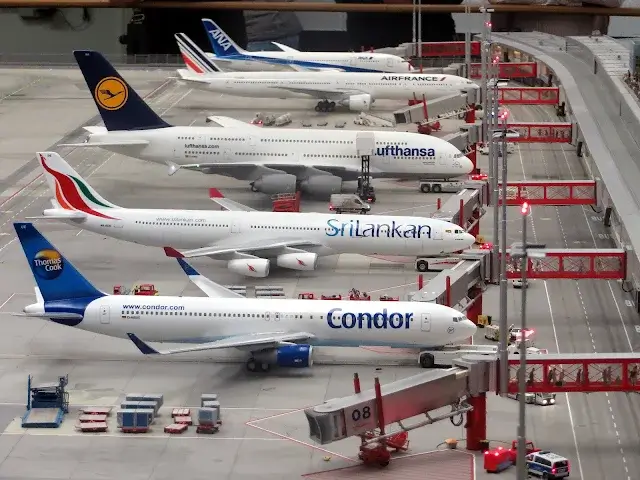Aviation insurance is a specialized form of insurance specifically designed to cover the risks associated with the operation of aircraft and the aviation industry. This insurance is crucial for both commercial and private aviation sectors, offering protection against a variety of risks that are unique to this field. Here, we delve into what aviation insurance entails and why it is of paramount importance.
What is Aviation Insurance?
Aviation insurance encompasses several types of coverage tailored to meet the specific needs of the aviation industry. The primary types include:
- Hull Insurance: Covers physical damage to the aircraft, whether it occurs on the ground or in flight.
- Liability Insurance: Protects against legal liabilities arising from bodily injury or property damage caused by the aircraft.
- Passenger Liability Insurance: Provides coverage for injuries or death of passengers aboard the aircraft.
- Ground Risk Hull Insurance: Covers damage to the aircraft while it is on the ground, including risks like fire, theft, or weather-related damage.
- In-Flight Insurance: Protects against damages that occur while the aircraft is in flight.
Importance of Aviation Insurance
Aviation insurance is vital for several reasons, reflecting its significance in ensuring the safety, financial stability, and operational efficiency of the aviation industry.
- Risk Mitigation: Aviation involves high-risk activities, including takeoff, flight, and landing. Insurance mitigates financial risks associated with accidents, mechanical failures, and other unforeseen events.
- Compliance and Legal Requirements: Many countries require aircraft owners and operators to carry specific insurance coverages to meet regulatory standards. This compliance is essential for legal operation and helps protect passengers, cargo, and third parties.
- Financial Protection: The cost of aircraft and aviation operations is substantial. Insurance provides financial protection against potential losses, ensuring that operators and owners can recover from accidents, natural disasters, or other damaging events without facing financial ruin.
- Passenger Confidence: Having robust insurance coverage enhances passenger confidence in the airline or aviation company, knowing that they are protected in the event of an accident or emergency.
- Business Continuity: For commercial airlines and aviation businesses, insurance ensures business continuity by covering losses that might otherwise interrupt operations. This protection helps maintain schedules, customer trust, and financial stability.
Types of Aviation Insurance Policies
- Commercial Aviation Insurance: Designed for airlines and commercial operators, covering a wide range of risks from passenger liability to cargo damage.
- Private Aircraft Insurance: Tailored for private aircraft owners, offering hull and liability coverage.
- Aviation Product Liability Insurance: Covers manufacturers and suppliers of aviation products against claims arising from product defects or failures.
- Airport Liability Insurance: Protects airports from liabilities related to operations, including property damage and bodily injury.
- Drone Insurance: With the rise of unmanned aerial vehicles (UAVs), specialized insurance covers drones for both recreational and commercial use.
Challenges in Aviation Insurance
- High Costs: Premiums for aviation insurance can be high due to the significant risks involved.
- Complexity of Claims: Aviation accidents often involve extensive investigations, making the claims process complex and lengthy.
- Regulatory Changes: The aviation industry is heavily regulated, and changes in laws and regulations can impact insurance requirements and coverage.
Conclusion
Aviation insurance is an indispensable aspect of the aviation industry, providing essential protection against the myriad risks associated with flying and aircraft operation. Its relevance cannot be overstated, as it ensures regulatory compliance, financial stability, and passenger confidence, all of which are critical for the safe and efficient functioning of the aviation sector. Whether for commercial airlines, private aircraft, or emerging technologies like drones, aviation insurance remains a cornerstone of the industry, safeguarding its future and enabling its growth.
